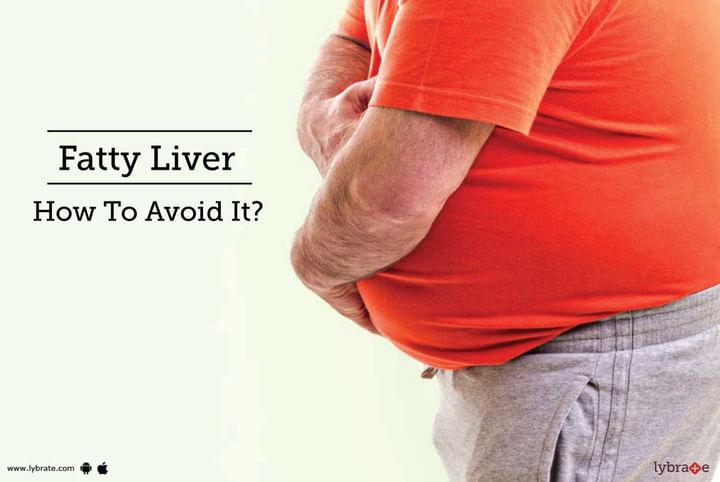Fatty Liver - How To Avoid It?
The liver is the second largest organ in the human body. Everything that is consumed goes through the liver and gets metabolized. Generally, the liver consists of fat accumulation, in the range of 2%, but when it reaches close to 10%, the condition is termed as fatty liver. Progression of fatty liver can lead to cirrhosis and eventually liver failure. The liver has an amazing ability to regenerate itself if a part of it is damaged.
However, if the damage is cumulative, then the repair becomes difficult. Another point to note is that the liver can be resected in parts to ensure that the non-affected liver continues to be available to take care of the metabolism.
Causes: There are two main types of fatty liver:
- Alcoholic fatty liver: This is the most common type and is seen in heavy drinkers.
- Non-alcoholic steatohepatitis (NASH): The causes for this type are not clear, but obesity, diabetes and hyperlipidemia are some causes for NASH.
Symptoms:
Fatty liver develops over years, and the symptoms are both vague and appear randomly. These can be attributed to any general illness, and so diagnosis is often delayed.
- Unexplained weight loss
- Jaundice
- Loss of appetite
- General malaise
- Dull pain in the right upper quadrant of the abdomen
- Overall physical weakness
- Ascites or fluid accumulation in the abdomen
- Increased tendency to bleed
- Abnormal liver enzyme levels
Diagnosis:
If suspected of fatty liver, the following are done to confirm the diagnosis.
1. Blood tests to check for liver enzyme levels.
2. Imaging studies including x-ray, CT and/or MRI scan
3. Biopsy to confirm the diagnosis
Treatment:
Fatty liver is a completely reversible condition. If a person with alcoholic fatty liver quits drinking for about 8 to 10 weeks, the damage can be totally reversed.
- If there is no history of alcoholism but obesity, then switching to a non-fatty diet with lots of fresh fruits and vegetables, multigrain, dairy products, etc. can help in controlling fat accumulation and use the stored fat. Increasing the levels of physical activity also helps in burning stored fat.
- As noted, the liver is capable of self-repair and self-regeneration, so if further triggers are stopped, it can heal itself.
- If fatty liver is not controlled, it can develop into cirrhosis and liver failure. If it reaches liver failure, then survival rates and prognosis look very gloomy.
Prevention:
Fatty liver disease can be prevented by controlling alcohol intake, adopting a healthy lifestyle, eating non-fatty and non-sugary products, and maintaining an active and healthy lifestyle.
Monitor health periodically to check on liver function, diabetes, and cholesterol levels.



+1.svg)
